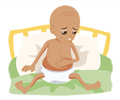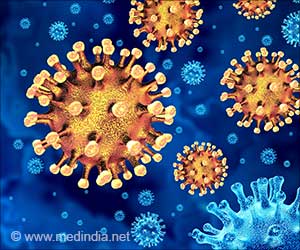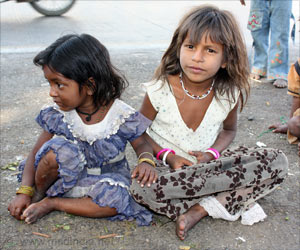The infant mortality rate in Orissa would continue to soar if steps are not taken to improve the poverty level.
The infant mortality rate in Orissa would continue to soar if steps are not taken to improve the poverty level. Suni Naik’s family is still trying to recover after losing their third child, which died within a few hours following delivery.
Speaking at Talchampei village in tribal-dominated Keonjhar district, Naik said: "Two of my kids died last year. They suffered from fever. I took Rs.1,000 from a moneylender to admit them to a hospital but it was too late."The story of 16-year-old Subarna Juang of Jantari village is more or less the same.
When Subarna was expecting her first child, there was hardly enough food for her family. Subarna herself was anaemic and her child suffered from malnutrition.
With no money or time to visit a primary health centre some 15 km away, Subarna lost her child in the seventh month of pregnancy.
Twenty-year-old Samali Juang, the only woman educated up to the seventh standard in Hatisila village, was more fortunate. Although her third child survived, the boy suffers from malnutrition.
"What can I do? We are poor, only getting 10 days' wages in a month. I am still trying to provide him a good diet. I have lost two children. I won't let my third child die," she says miserably.
An Orissa official admits there are lots of problems.
"Of the total infant deaths, 60 percent occur within the first month and the remaining in the next 11 months," says R.N. Senapati, secretary, women and child development.
"The latter has to be brought down because it's an easier nut to crack."
About 22 percent of children born in the state have low birth weight, and 53 percent below three years suffer from moderate to severe malnutrition.
Pneumonia, malaria and diarrhea are common diseases affecting infants in rural areas.
In an attempt to tackle neonatal mortality, the government launched a scheme in April 2005 involving women's self-help groups.
It is implemented in 14 districts - Rayagada, Malkangiri, Nuapada, Navrangpur, Kalahandi, Koraput, Sundergarh, Keonjhar, Kandhamal, Bolangir, Boudh, Gajapati, Deogarh and Sonepur - where infant morality rates are above the state average.
The government target is to reduce infant mortality to 60 per 1,000 live births by 2007.
But despite initiatives by the government, the cases of Suni, Subarna and Samali show the ground reality as being different.
The Juang, one of the primitive tribes of Orissa, dominate the interior tribal pockets of Keonhjar district.
A survey says that during the last five-year period, the population growth rate among the Juangs has been very low due to high infant mortality rate - it is a shocking 510 per 1,000 live births.
The Juangs (about 25,000) in the district live below in dire poverty. Lack of basic infrastructure makes existing healthcare services inaccessible to many.
As a result, out of 22,958 newborn, 2,276 weighed less than 2.5 kg. "Even if the child is healthy, not enough emphasis is given to growth promotion," said Dharitri Rout of WOSCA, a voluntary group.
Malaria is another major contributor to infant mortality. Over 60 percent of all malaria deaths in India are from Orissa. Keonjhar contributes 48 percent.
Although the government-sponsored groups and NGOs have generated awareness, the impact is limited.
"As far as the health scenario among the tribal population is concerned, high rate of illiteracy, inaccessibility and lack of quality services contribute to the high infant mortality," says Tom Olsen, the UNICEF state representative.
"The policies are good but there are lapses during implementation. Greater awareness along with adequate infrastructure could bring better results," he says.
--IANS






